JUST SAYING
BY RAUL HERNANDEZ
Opinion: Innovative Use of B-52 Bombers in Wildfire Management
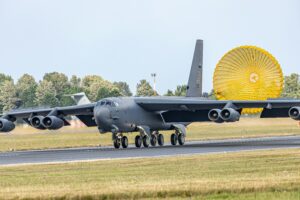
With 48,366 wildfires recorded from January to October 2021 alone, escalating wildfire occurrences across the United States require innovative solutions to save lives and protect property.
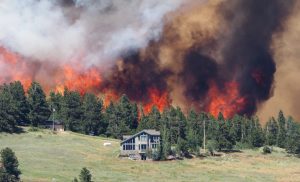 As the fires continue to devastate landscapes, displace communities, and disrupt ecosystems, I propose a radical yet potentially groundbreaking approach: using B-52 bombers to deploy fire retardants and other firefighting liquids over affected areas.
As the fires continue to devastate landscapes, displace communities, and disrupt ecosystems, I propose a radical yet potentially groundbreaking approach: using B-52 bombers to deploy fire retardants and other firefighting liquids over affected areas.
I researched and conceived this B-52 firefighting idea a few years ago.
I believe it will quickly save lives — first, consider the speed.
The B-52s’ ability to reach speeds of up to 650 mph means they can be dispatched swiftly to any location in the United States, potentially saving thousands of acres and lives.
Each deployment can deliver more than 5,000 gallons of liquid, significantly impacting firefighting efforts. This estimate is based on a B-52 Stratofortress capable of carrying up to 35 tons of bombs
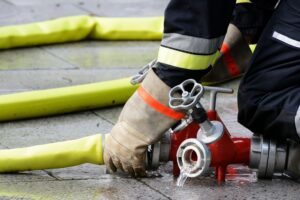 The strategy involves loading thousands of eco-friendly containers—crafted from bioplastics and biodegradable materials—with gallons of fire retardant. These containers are then strategically dropped from the B-52s over wildfires to mitigate their spread.
The strategy involves loading thousands of eco-friendly containers—crafted from bioplastics and biodegradable materials—with gallons of fire retardant. These containers are then strategically dropped from the B-52s over wildfires to mitigate their spread.
The containers would be dropped on fire near populated areas and away from firefighters and other first responders.
This economic damage caused by a wildfire is mind-boggling.
The estimates range between $394 billion and $893 billion annually, according to a recent analysis by the U.S. Joint Economic Committee Democratic Staff.
The analysis considered various factors beyond just firefighting costs, including property damage, health impacts from smoke, lost income, and ecological effects.
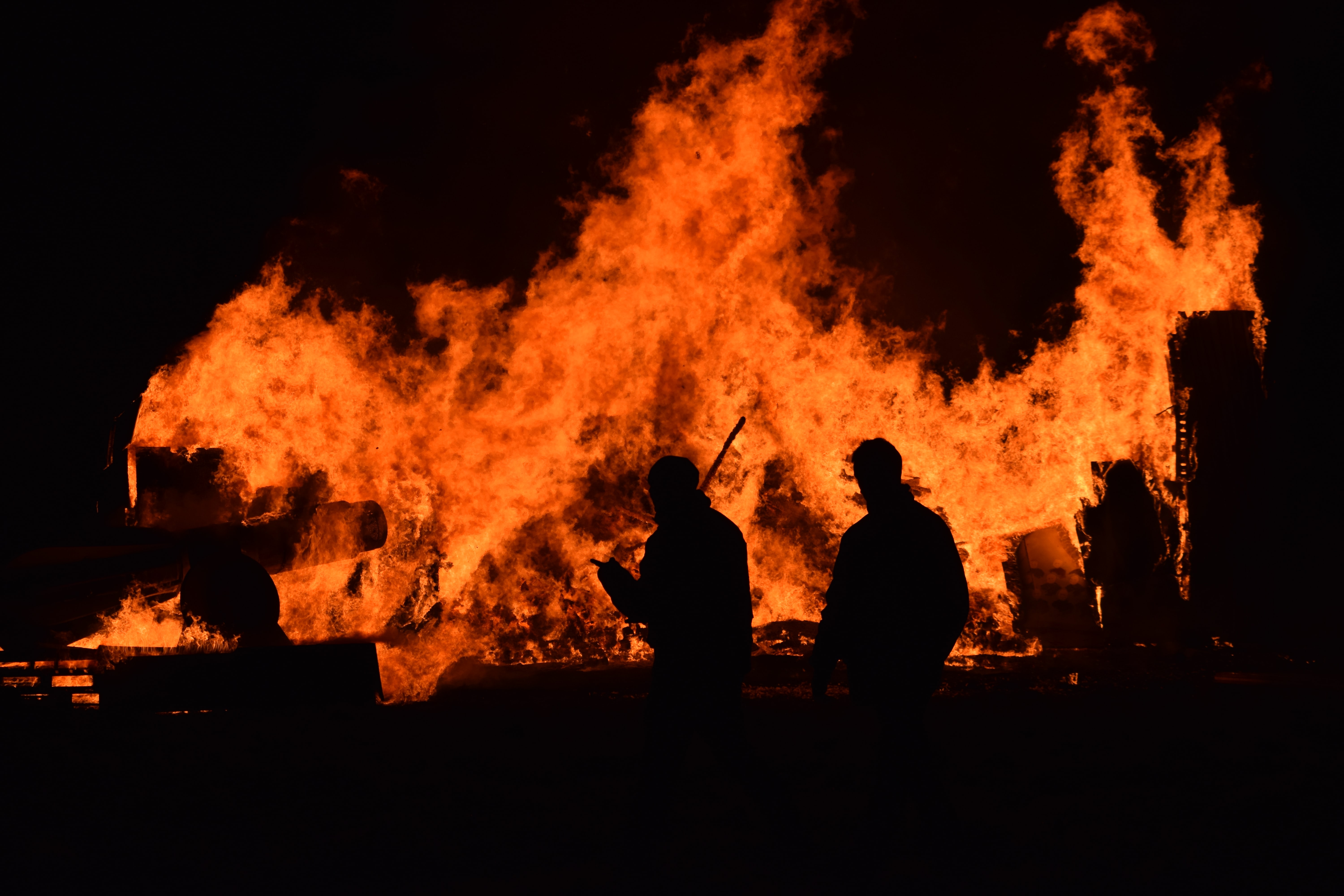 This firefighting strategy leverages existing military assets and adapts them to serve environmental and public safety needs.
This firefighting strategy leverages existing military assets and adapts them to serve environmental and public safety needs.
The containers are equipped with smart technologies, such as altimeters, that allow containers to open at precise altitudes for optimal spread, effectively dousing the flames from above.
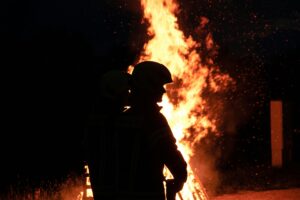
This high-altitude firefighting technique could revolutionize the approach to combating wildfires, especially in hard-to-reach areas. It combines military precision, local firefighting, coordination, and ecological preservation efforts.
However, this method is not without its critics. Some may argue that it overmilitarizes climate response strategies, repurposing bombers for peacetime emergencies.
 However, as of my last update, several B-52s were stored at the 309th Aerospace Maintenance and Regeneration Group, or AMARG, in Arizona, also known as “The Boneyard.”
However, as of my last update, several B-52s were stored at the 309th Aerospace Maintenance and Regeneration Group, or AMARG, in Arizona, also known as “The Boneyard.”
However, the specific number of mothballed B-52s and details about how many have been restored and returned to service can vary over time.
Typically, these aircraft are stored with the possibility of being reactivated or used for parts. Some B-52s have indeed been reactivated from AMARG to replace lost aircraft or to fill other strategic needs.
Moreover, a central logistical setup for this firefight approach is advantageous—a military base that could be used to quickly refuel. If necessary, runways can be widened and restructured to accommodate B-52s.
It is also worth noting that most wildfires are human-caused, attributed to neglected campfires, debris burning, downed power lines, careless disposal of cigarettes, and even arson.
This strategy also underscores and encompasses the need for better awareness and stricter regulations to prevent such fires from starting.
Historically, the use of B-52s in combat zones has demonstrated both the capacity and the catastrophic impact of strategic bombing.
Drawing from these lessons, using B-52s in wildfire management must be approached cautiously, ensuring that the focus remains on preservation and protection, not just technological or combat showmanship.
While my proposal may seem unconventional, it highlights a proactive approach to an increasingly urgent problem.
By adapting military assets for ecological firefighting, we can find a new use for Boneyard/mothballed aircraft and potentially develop new, powerful technological tools against one of nature’s most formidable challenges.
As wildfires continue to grow in frequency and intensity, innovative thinking will be crucial in shaping our response to environmental crises.

